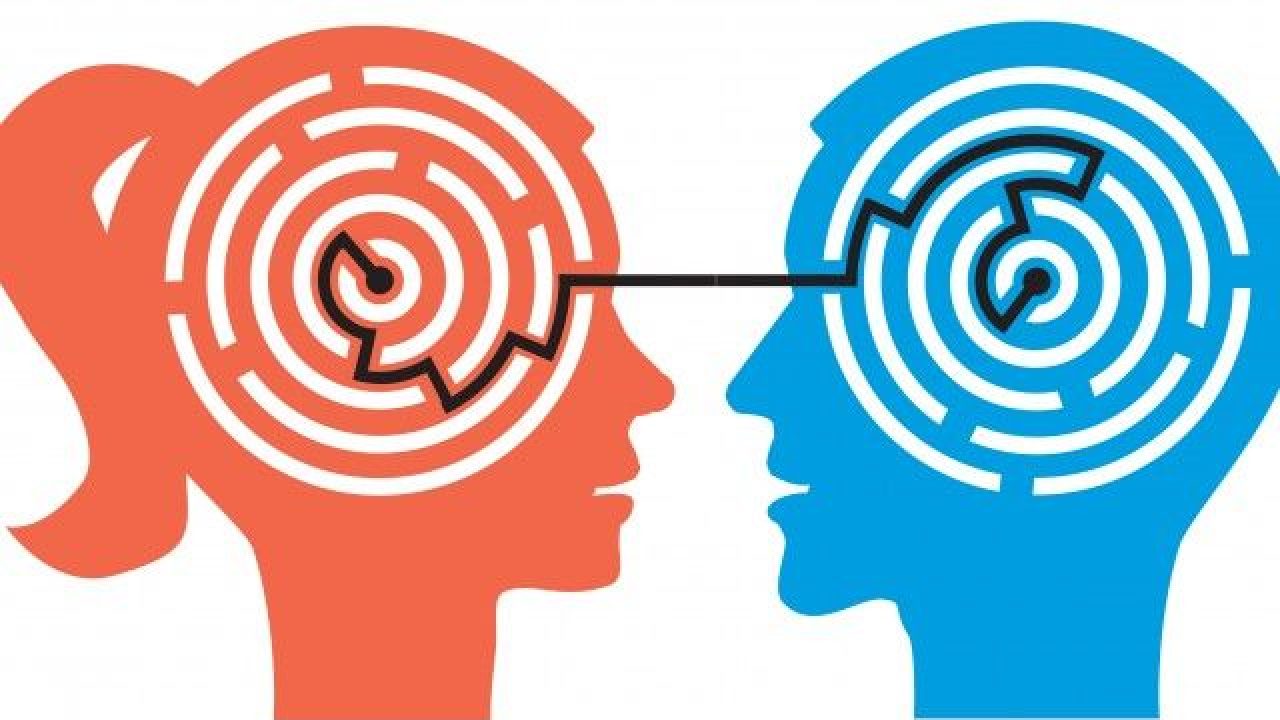
In the ever-evolving world of human interaction, understanding the nuances of psychology can be a game-changer. Whether you're aiming to close a deal, impress a date, or simply navigate social situations with greater ease, mastering the art of subtle influence can open doors and unlock hidden opportunities. But how exactly does one achieve such mastery? Enter the realm of psychological tricks – powerful tools that can subtly shift the tides of human behavior.
1. The Power of Mirroring: This simple yet effective trick involves subtly mimicking the other person's body language and speech patterns. By unconsciously mirroring their movements, you create a sense of rapport and establish an implicit connection that fosters trust and understanding.
2. The Scarcity Principle: Ever feel a surge of urgency when a limited-time offer is presented? This well-known principle thrives on the human fear of missing out. By highlighting the scarcity of something, you increase its perceived value and motivate people to take action before they lose their chance.
3. The Ben Franklin Effect: This trick leverages the power of reciprocity. Perform a small favor for someone, and they'll be more likely to reciprocate, even if it means doing something bigger in return. This unconscious obligation creates a sense of indebted gratitude, making them more receptive to your requests.
4. The Framing Effect: How you present information can significantly impact people's perception and decision-making. By framing the same information in different ways, you can subtly guide their thoughts and influence their choices.
5. The Foot-in-the-Door Technique: This strategy involves starting with a small, easy-to-agree request before gradually escalating to a larger one. Once someone agrees to the initial request, they're more likely to comply with the subsequent one due to a sense of commitment and consistency.
6. The Name-Recall Trick: Remembering and using someone's name in conversation instantly creates a sense of familiarity and personalization. This simple act makes them feel valued and increases their receptivity to your words.
7. The Power of Positive Body Language: Maintaining confident posture, maintaining eye contact, and exhibiting open gestures can project an aura of authority and trustworthiness. People subconsciously interpret these nonverbal cues as indicators of competence and leadership, making them more inclined to listen and agree with your ideas.
8. The Anchoring Effect: The first piece of information presented often serves as a reference point for subsequent judgments. By strategically presenting your offer in relation to a higher anchor, you can make it appear more appealing and desirable.
9. The Power of Storytelling: Humans are hardwired to connect with stories. By weaving compelling narratives around your ideas, you can evoke emotions, engage your audience, and make your message more persuasive and memorable.
10. The Social Proof Phenomenon: People naturally look towards the behavior of others to gauge their own actions. Highlighting the popularity of your product, service, or idea can leverage this innate tendency and encourage others to follow suit.
These are just a few of the many powerful psychological tricks that can be employed to subtly influence behavior. By understanding and applying these principles, individuals can navigate social interactions with greater ease, build stronger relationships, and achieve their desired outcomes. Remember, however, that these tricks should never be used for manipulation or exploitation. The goal is to leverage the power of psychology for positive interactions and mutual benefit.
